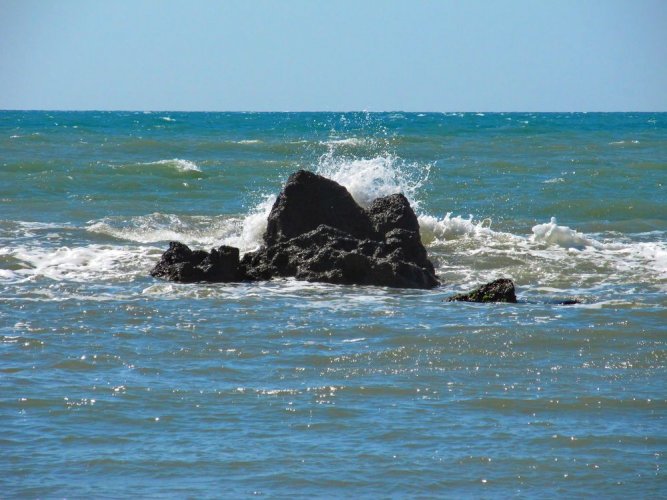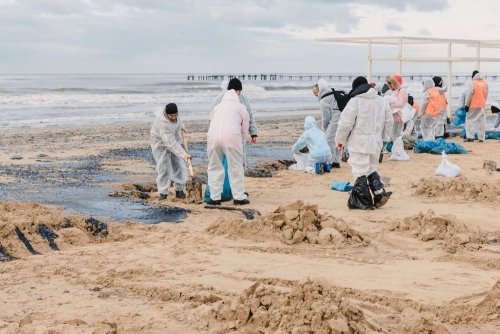There are over 600 points off the coast of Crimea and another 350 off the coast of the Caucasus. The bottom of the Black Sea is littered with springs, which can release enormous amounts of methane in the event of any imbalance.
The National Resistance Center directly links this to the activities of the occupying authorities.
Technogenic impact
Citing its own sources, the NRC reported that the largest number of methane leaks has been recorded in areas where the occupiers have been drilling the sea shelf over the past six months. These areas include Sevastopol Bay, the Kerch Strait, and Cape Fiolent.
"Scientific groups that recorded excess emissions were instructed to 'refrain from public comments' after some of the data became publicly available," the Center writes.
In addition to drilling, the use of explosives in military exercises and the construction of coastal military facilities may also be contributing to the methane layer leaks.

Photo: sprotyv.org.ua
The Black Sea could become dead
Methane release could become uncontrollable and have a chain reaction. This gas will reduce the oxygen level in the water, which is disastrous for marine life.
"The deep-water part will become a dead zone, and the wave of methane raised by explosions or tectonic shifts will have consequences even for the coastal ecosystems of Turkey, Romania, and Bulgaria," the CNS emphasizes.
In addition, methane is a powerful greenhouse gas that contributes to global warming. Its heat retention efficiency is 25 times higher than that of carbon dioxide.
Earlier, EcoPolitics reported that the Russians had effectively destroyed the Kinburn Spit in the Mykolaiv region.





